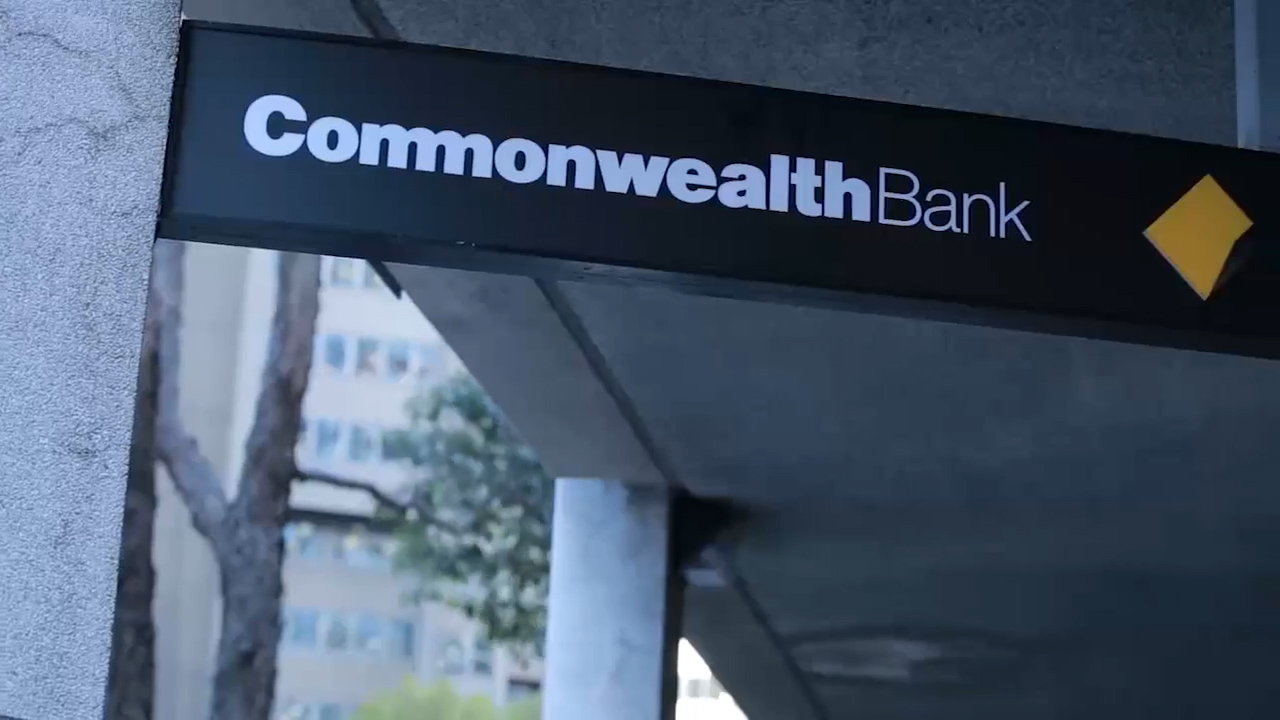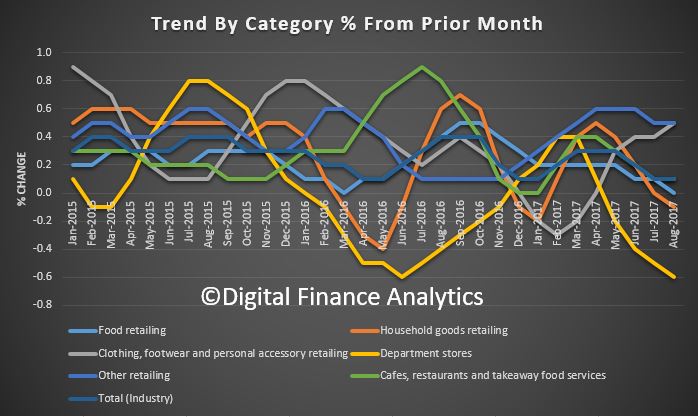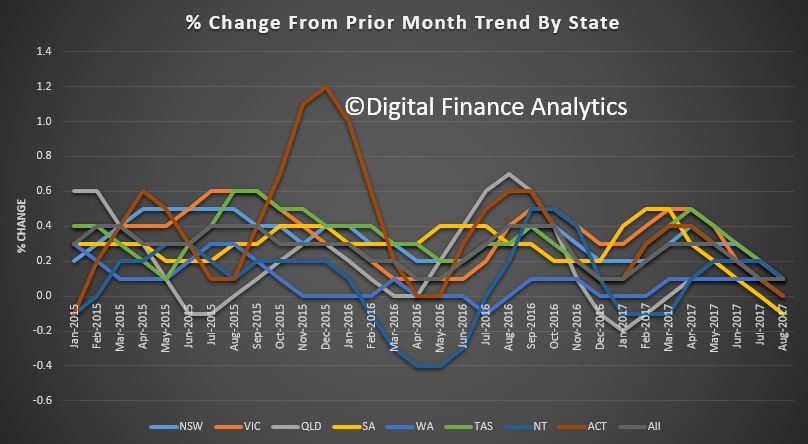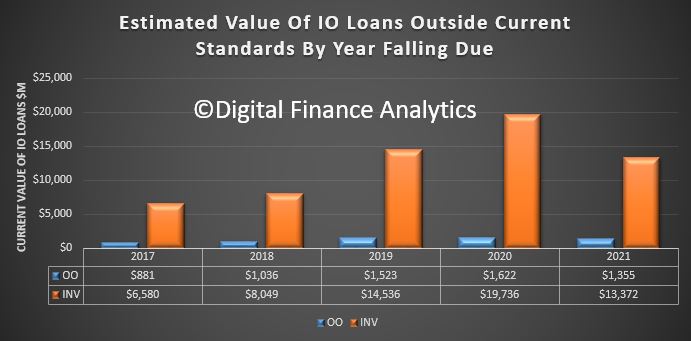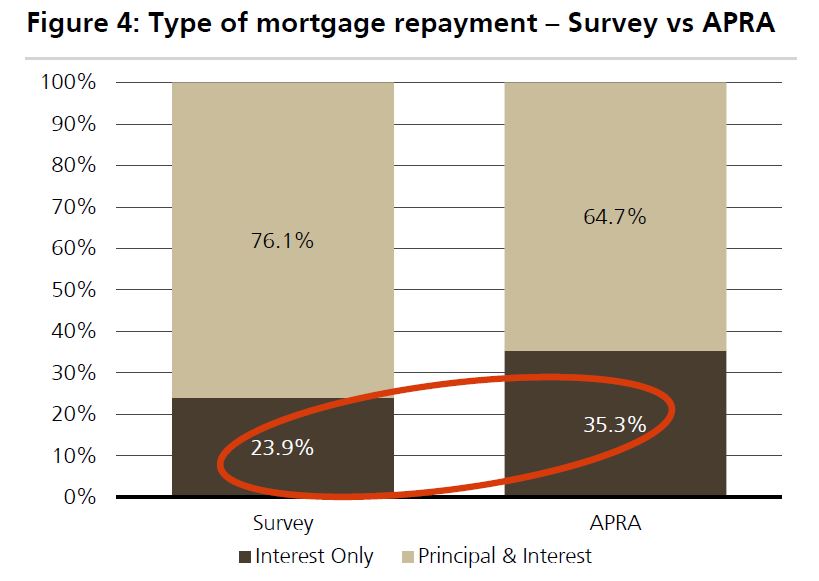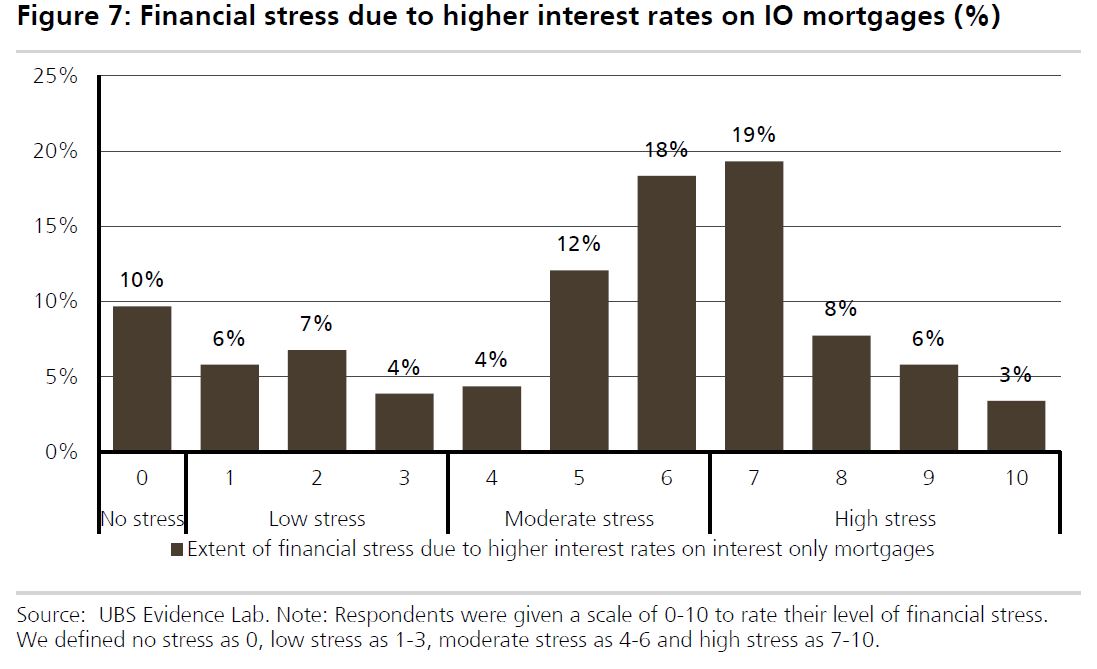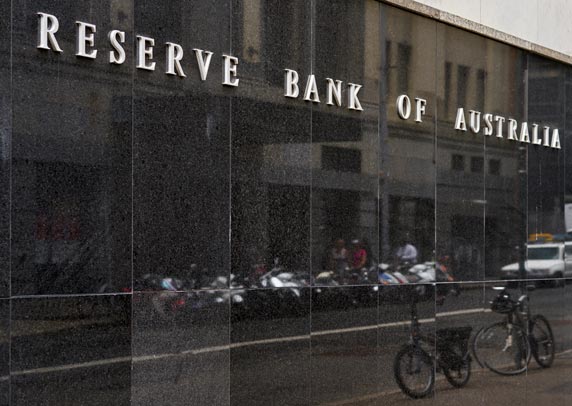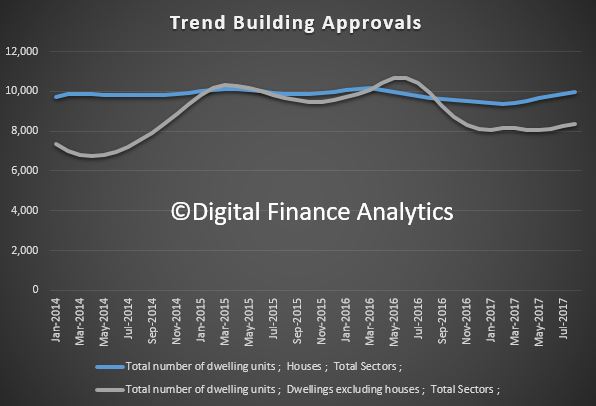The Commonwealth Bank of Australia has promised to scrap a controversial practice that sees it pay primary schools a commission for every student that signs up to its Dollarmites program.
The decision came just hours after consumer advocacy group CHOICE launched a scathing attack on school banking programs, saying banks should be banned from “flogging their products” in schools.
CHOICE was particularly critical of what it called “kickbacks” paid to participating schools.
But within hours of CHOICE’s attack, CBA – in an effort to fend off yet more bad press – had issued a statement of its own vowing to abolish these so-called “kickbacks”.
“We have heard CHOICE’s concerns about these payments and will engage with the schools, P&Cs [parent and citizens associations] and consumer groups to introduce a change to the way payments are structured from 1 January 2018 that no longer links the payment to the value of students’ deposits,” the statement read.
The bank stopped short of scrapping payments to schools altogether, arguing some sort of payment was necessary to cover the costs to schools of offering the program.
How the Dollarmites program works
CBA’s School Banking program allows primary school children to set up bank accounts through their schools.
The program appeals to children using colourful branding, including a gang of cartoon school kids called the ‘Dollarmites’, gifts, and games aimed at improving financial literacy.
It also incentivises schools to participate by paying them a 5 per cent commission on every deposit up to $10.
Around 4000 schools and 320,000 school kids across Australia are signed up to the program.
The bank sells it as a “fun, interactive and engaging way for young Australians to learn about money and develop good saving habits”.
But in a statement on Thursday, CHOICE chief executive Alan Kirkland painted the program in a more critical light, saying it was a way for the bank to gain “unfettered access” to “flog their products” in schools.
“Rewarding children for saving with cheap toys easily transitions to rewarding young adults with ‘special’ offers of high-interest personal loans and credit cards,” he said.
“It is time to take banks out of financial literacy education, and to stop them from paying schools commissions to flog their products.”
The call was part of a submission to the Productivity Commission’s ongoing inquiry into competition in the Australian financial system.
Of the big four banks, Westpac is the only other that operates a schools program.
A spokesperson for Westpac told The New Daily it does not pay commissions to schools.
ANZ and NAB both said they had no presence in schools.
CBA desperate to avoid more bad press
The Commonwealth Bank’s lightning-quick response comes two months after the bank was embroiled in a money-laundering scandal – its third major scandal of the decade – and reflects the CBA’s growing eagerness to avoid any bad press.
In August, anti-money laundering regulator AUSTRAC launched civil proceedings against CBA in the Federal Court for an alleged 53,700 “serious and systemic” breaches of money laundering and counter-terrorism legislation.
The allegations came on top of similarly high-profile scandals in the bank’s financial advice and life insurance businesses, all of which occurred under the watch of chief executive Ian Narev.
Since the AUSTRAC revelations, CBA has taken a number of bold steps to improve its public image – including announcing the deferred departure of Mr Narev next year, and scrapping ATM fees for non-customers.
Labor’s plan to hold a royal commission into the banking system if it wins the next election – which current polls suggest it will – is putting additional pressure on the banks.

